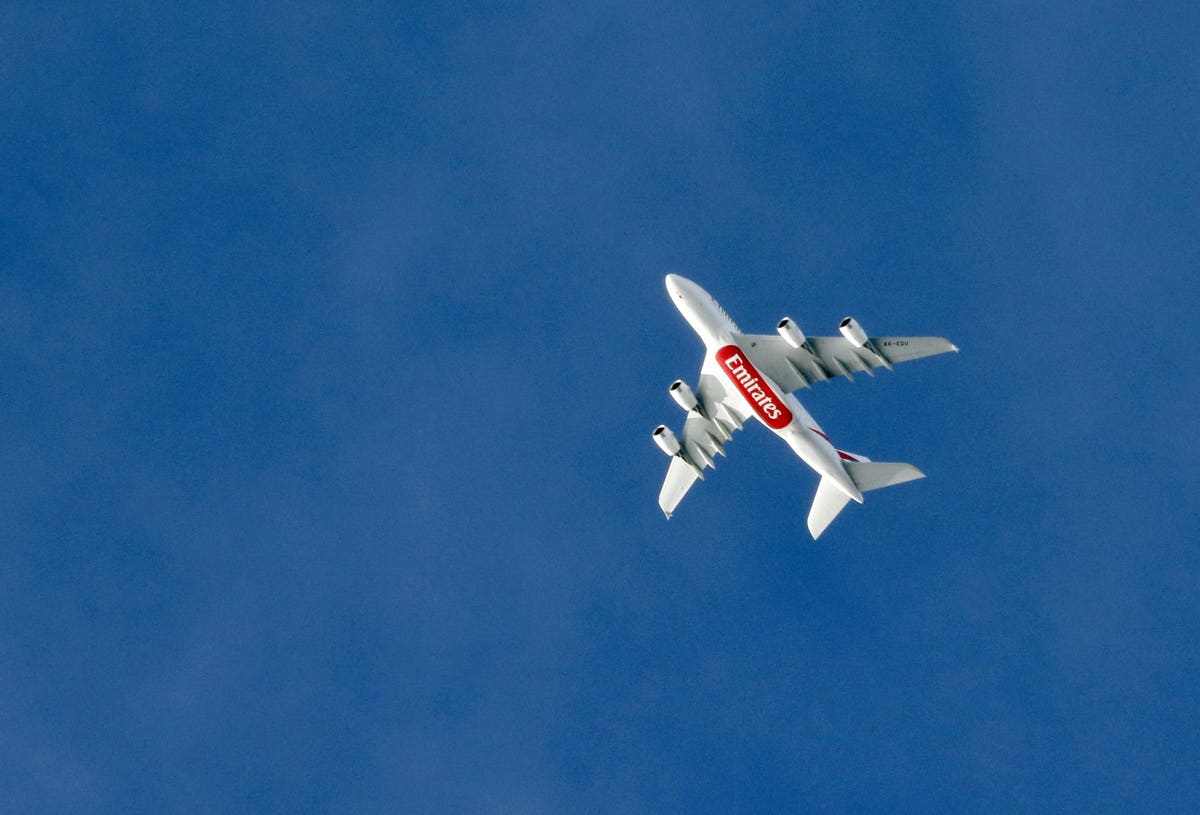A Dutch security intelligence firm has issued a report warning that aircraft using routes to Asia across the Barents Sea may be at risk from Russian nuclear-powered missile tests.
Dyami released its report last week, warning of the potential for midair collisions with a new nuclear-powered Russian missile or with debris resulting from a failed test of the missile.
The firm reported that testing activity, expected to last through late last week, may not have been fully disclosed as required by international aeronautical NOTAMs. Future failures to fully disclose testing activities by the Russian government could put civilian aircraft in jeopardy.
Dyami CEO, Eric Schouten, expressed concern about notices covering airspace over the Barents Sea west of Yuzhny Island off Russia’s northwestern coast. While the NOTAMs indicated a pair of temporary routes and airspace closures as required, another notice (showing airspace closed through Oct. 6) failed to indicate a missile test area using the required international “WM” code.
The company report noted that airspace designated for missile testing in the area has recently been used by international carriers including Qatar Airways, Emirates, and Air India.
Incomplete disclosure of missile testing windows may pose risk to overflying aircraft but may suit Russian efforts to disrupt international activity and generate concern among the Western alliance facing Ukraine.
According to Dyami, the missiles being tested are 12 meters (39 ft.) long and 1.5 meters (5 ft.) in circumference. Though flown without a warhead, in-flight or ground collisions with the missile present the risk of the release of radioactive emissions.
Kyle Balzer, a fellow with the American Enterprise Institue (AEI) who works on U.S. nuclear strategy and policy and arms control, confirms that the missile under test incorporates a miniature nuclear reactor for propulsion.
Launched with a solid-fueled rocket booster, the missile climbs to an altitude of somewhere around 50,000 feet before igniting its nuclear reactor. The reactor is intended to give the weapon global reach, allowing it intercontinental range with the ability to loiter “almost indefinitely” Balzer says.
“That means it can be fired and evade U.S. missile defenses which are usually in the north. It can attack from over the South Pole, greatly complicating U.S. defense planning.”
However, Balzer points out that Russia has had great technical difficulty in activating the reactor after reaching altitude. The longest test flight thus far has lasted about two minutes. While in boost-phase the missile could come into conflict with air traffic in the test area.
“They’ve been very secretive about these tests. As far as analysts know, the last one took place in 2019. After flying at most for two minutes, the missile ended up in the seabed. During the recovery, there was an explosion which killed five Russian nuclear technicians.”
Believed to be subsonic, the missile is supposed to drop to low altitude after the boost stage, making it hard to detect. It would be a second-strike weapon, used after an initial exchange when the U.S. had used up most of its interceptor missiles, allowing it to penetrate air defenses.
It’s an exotic weapon Balzer says, part of a Russian family of nuclear-capable deliveries vehicles such as the Avangard hypersonic glide vehicle and the Kinzhal Kh-47M2 hypersonic air-launched ballistic missile. The nuclear propulsion it incorporates gives it potentially troubling capability but getting it to work has been uniformly troubling for the Russians.
Building, packaging and activating a miniature nuclear reactor in a missile meant to fly through different barometric and atmospheric conditions reliably is a daunting challenge Balzer agrees.
“It’s a nutty idea. We [the U.S.] have not followed suit for good reasons. We already have enough second-strike weapons. There are all kinds of problems with the altitude-drop [of the Russian nuclear-powered missile] and every test has failed.”
But failure may not be an issue for Vladimir Putin. As noted, the risk to civilian air traffic and to the populace proximate to the test area could pressure the West. Concern in Scandanavia and Finland of potential collisions or nuclear fallout from malfunction and crash is a reality.
“My sense is that this test is a warning to the West, President Biden in particular, trying to shake our nerve in providing future military assistance to Ukraine… That’s why these tests are occurring now. I see it as another in the long line of Putin’s nuclear threats.”
The threat of testing without full notice via existing international aeronautical protocols also places a burden on airlines and other air traffic that might transit the area, forcing them to take alternative routes to mitigate risk however small.
Read the full article here





